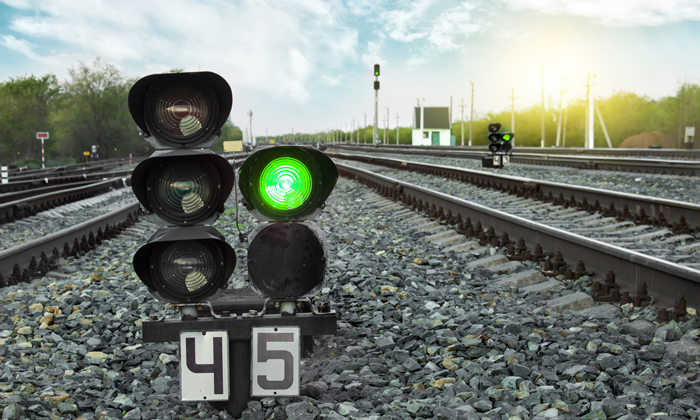Feedback from the activities of the ERTMS Users Group
Posted: 22 February 2017 | Michel Ruesen | No comments yet
Michel Ruesen, Managing Director of the ERTMS Users Group, updates the industry on the activities of the organisation and the implementation of ERTMS…


As I wrote in July 2015 in volume 21 of Global Railway Review, the ERTMS Users Group (EUG) will help the railways with the implementation of ERTMS and the protection of their investments. So what happened since then?
For starters, the EUG helped to finalise the release 2 of the Baseline 3 specifications. This resulted in the adoption in June 2016 of the revised TSI for Command and Control Systems with ‘ERTMS B3R2’ (Release 2 of the Baseline 3 specifications) in its Annex A. With this new release, ERTMS now offers mature specifications for both ETCS and GSM-R for the deployment of ERTMS on the European rail network to make it truly interoperable.
The EUG also participated in the discussions about the roadmap for ERTMS, together with the EU Agency for Railways, CER, EIM and UNISIG. Finally, this resulted in the report ERTMS Longer Term Perspective, which was presented to the Rail Interoperability and Safety Committee on the 10th of February 2016 and appreciated by the Committee. The ERTMS Longer Term Perspective combines the need for stability of the specifications for current ERTMS deployment on one side with the need for necessary evolution to cope with new business demands arising from technological developments on the other side.
In a next step, the European rail sector organisations (including EUG) signed the 4th Memorandum of Understanding on ERTMS with the European Commission and the EU Agency for Railways. This MoU (concerning the cooperation for the deployment of ERTMS) has the following objectives:
- To achieve and maintain compatibility. This means legal and technical certainty that trains equipped with Baseline3 on-board units can safely run on any TSI compliant ERTMS line with an acceptable performance. In other words: Baseline 3 compliant trains will be able to run on both 2.3.0d and Baseline 3 compliant lines.
- To reach the best economic and environmental performance by deploying ERTMS under the optimal revenue, cost and financing conditions and speed up the ERTMS deployment in the European Union. To achieve this, a coherent policy on stable specifications, as the critical factor for the economic viability of the European Deployment Plan, shall be maintained.
- To protect investments made in compliant systems and products.
The MoU will be guiding the activities in the field of ERTMS of EUG, UNISIG, UIC and the Railway Operational Communications Group (previously named the GSM-R Industry Group) in the coming years.
With the mature set of specifications in the TSI, deployment of ERTMS can proceed in the right way. Notwithstanding the maturity and level of detail of the specifications, compatibility endangering issues may arise from the deployment. These issues may be detected during product and project design, manufacturing and construction, testing and validation and even in operational use. It is important that these issues are shared between the manufacturers, the ERTMS users and the Agency for Railways, to avoid incompatible product and project specific solutions. Instead, compatible solutions will be found by setting up engineering guidelines, providing clarifications of the TSI and, if needed, to define mitigating measures. This is an important part of the work of the experts in the EUG at this moment.
Together with INECO, EUG currently assists the infrastructure managers to prepare their existing 2.3.0d lines for the receipt of Baseline 3 trains. These lines, together with the mitigation measures which the Infra Manager might have implemented to avoid possible interoperability issues and mitigating measures are checked.
The application of ERTMS in cross-border sections of the Core Network Corridors is discussed by the engineering experts in the EUG Engineering Support Group. This group also discussed the application of ERTMS for shunting and in complex station environments. The aim of this group is to develop engineering guidelines.
Another part of EUG’s work is focussed on the evolution of ERTMS. The experts of the EUG work on the definition of the operational and technical requirements for Automatic Train Operation (ATO) and Level 3 applications. Both ATO and Level 3 are seen as good possibilities to increase the capacity of the rail network and to reduce costs. All railways are therefore very interested in these concepts. Attention is furthermore paid to the next telecommunication system for ERTMS, testing and cyber security. EUG also participates in Shift2Rail, together with its members Deutsche Bahn, Network Rail, SNCF-Réseau and Trafikverket.
This concise overview shows that EUG is currently working in line with the new MoU and the ERTMS Longer Term perspective: providing stability for the deployment of ERTMS and evolving ERTMS to cope with the new business demands arising from technological development.








